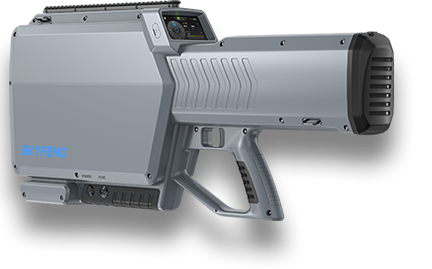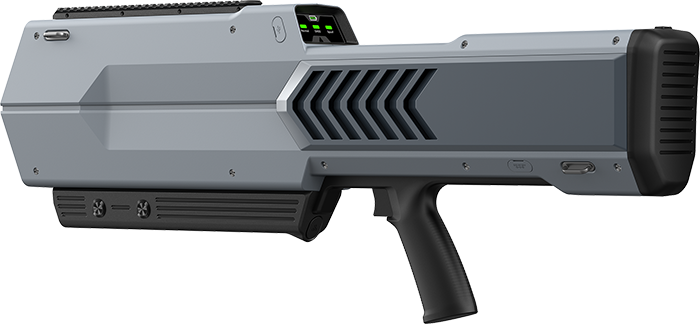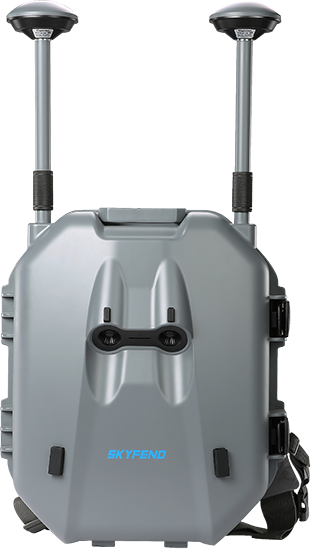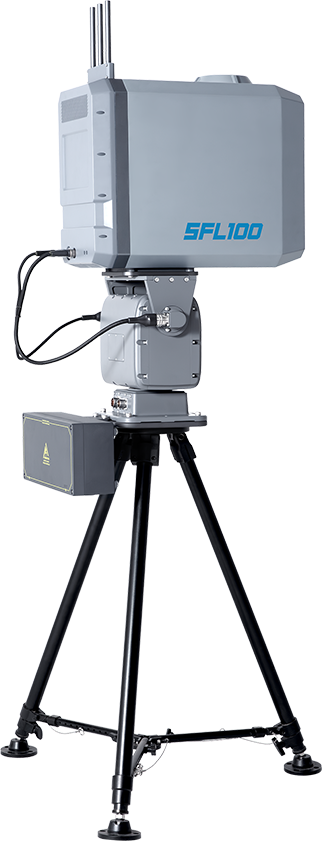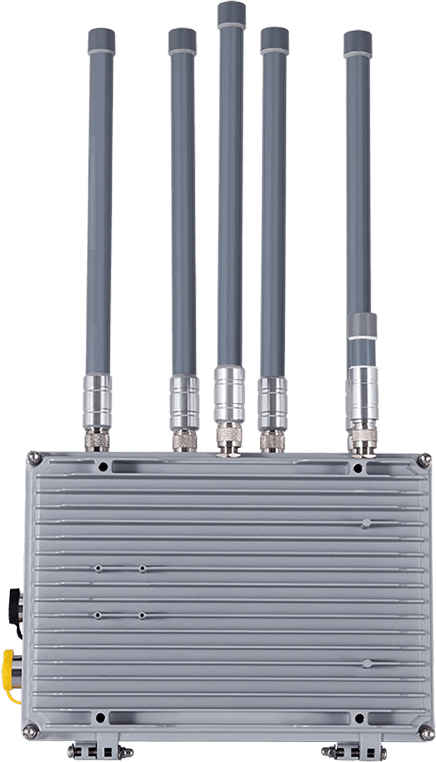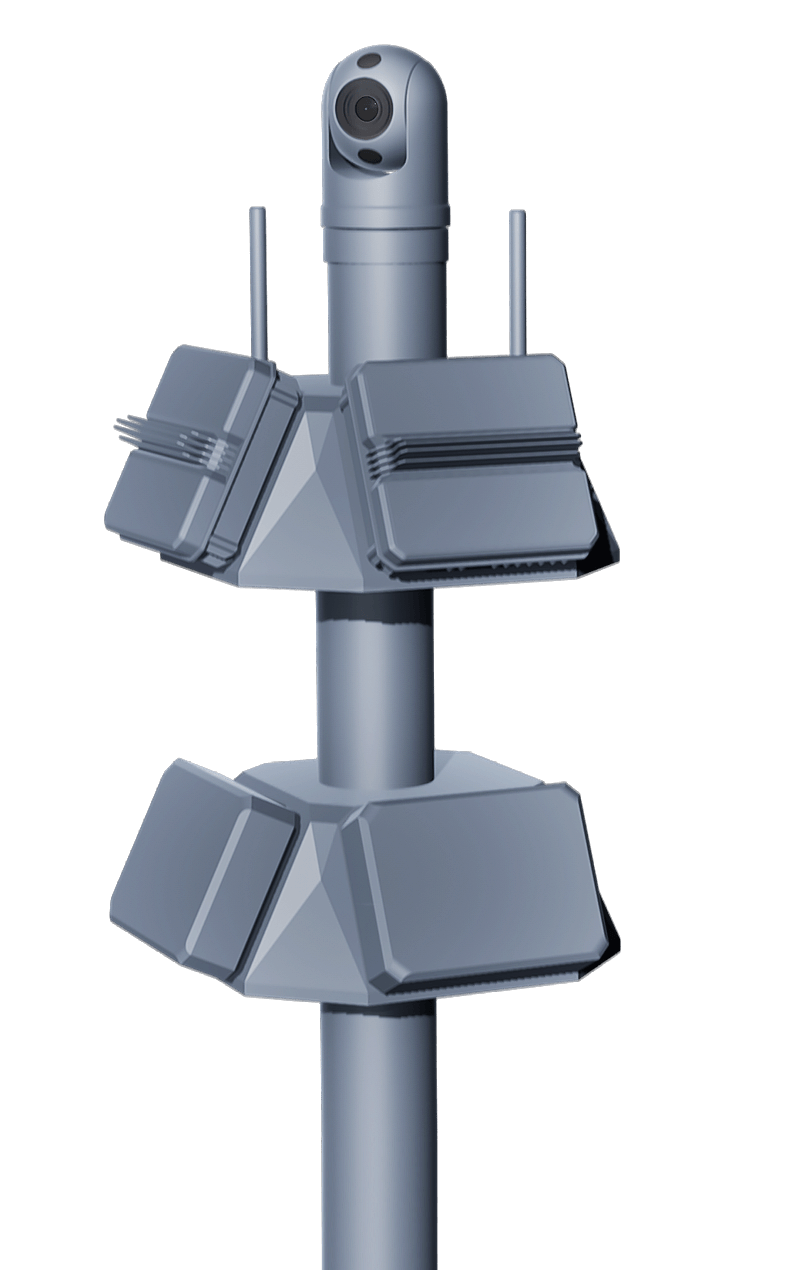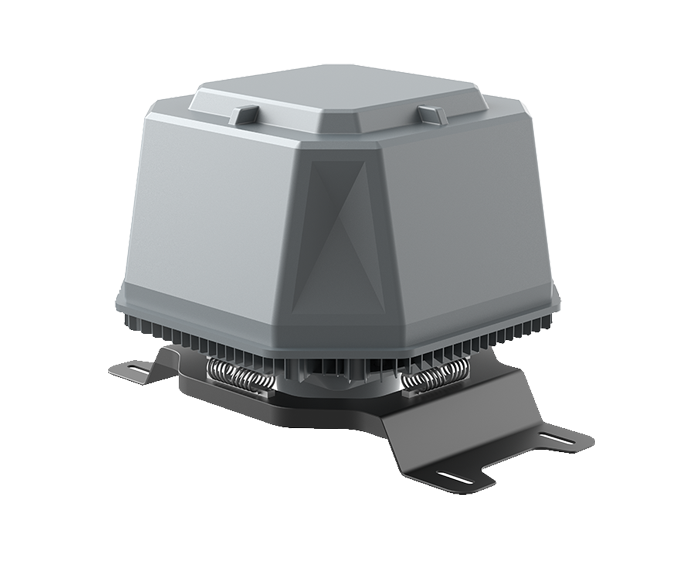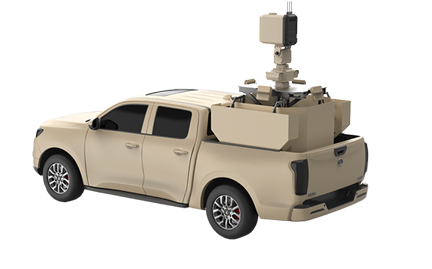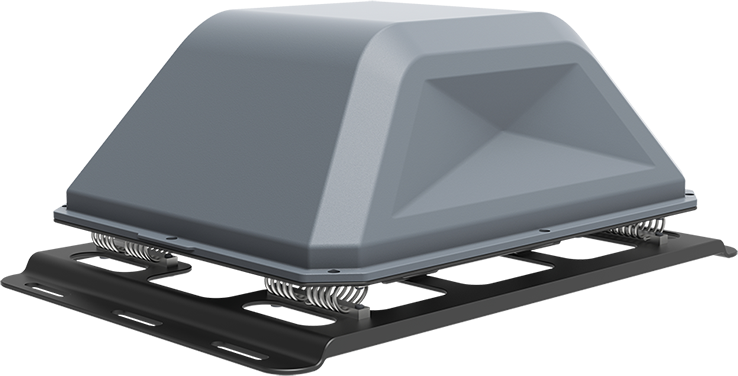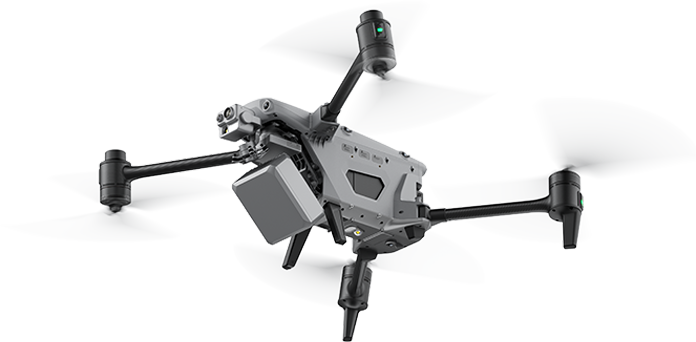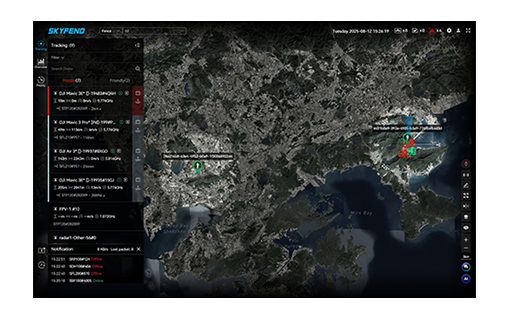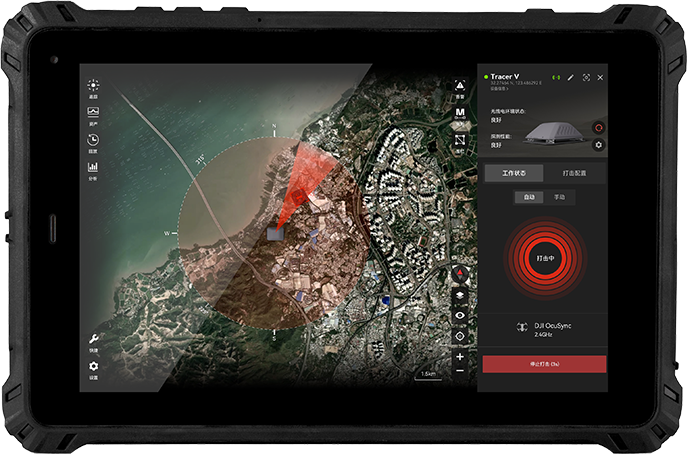-
SectorsEvents & StadiumsStop drones, secure public eventsInfrastructure & EnergyDefend assets from aerial drone threatsBorder SecurityDetect, disable unauthorized border dronesAirportSecure airspace, prevent flight disruptionVIP ProtectionDedicated shield for stationary and mobilityPrisonPrevent delivering contraband to inmates
-
Company
 SKYFEND Technology Co., Ltd., founded in 2020 and headquartered in Shenzhen, is dedicated to advancing the frontiers of counter-UAS technologies for low, slow, and small(LSS) drones, with a strong focus on real-world application. Leveraging industry-leading proprietary technologies and a highly skilled research and development team, SKYFEND has successfully developed all-weather counter-drone systems tailored for a wide range of scenarios.Redefine the Future of Security Technology, Create a Safer World!
SKYFEND Technology Co., Ltd., founded in 2020 and headquartered in Shenzhen, is dedicated to advancing the frontiers of counter-UAS technologies for low, slow, and small(LSS) drones, with a strong focus on real-world application. Leveraging industry-leading proprietary technologies and a highly skilled research and development team, SKYFEND has successfully developed all-weather counter-drone systems tailored for a wide range of scenarios.Redefine the Future of Security Technology, Create a Safer World! -
Contact Us
Sectors
Infrastructure & Energy
-
12025.1Prairie Island Nuclear Plant, Minnesota, USA: Multiple drones were spotted flying over the Prairie Island Nuclear Plant; the pilots remain unidentified, and police were unable to locate them.
-
22024.12Salem and Hope Creek Nuclear Generating Stations, New Jersey, USA: SUV‑sized drones flew over the plants, prompting PSE&G to seek airspace restrictions and deploy radars. FBI, DHS are involved.
For drone defense in small to medium-sized facilities, Skyfend integrates multiple sensors, including radar, RF detection devices, and electro-optical cameras, to achieve real-time detection, tracking, and identification of low-altitude drones within the protected area. This ensures high accuracy with minimal false alarms and no missed detections. Guided by the detection system, jamming devices can precisely counter unauthorized drones without interfering with facility-authorized UAV operations. Ultimately, this enables the timely detection and mitigation of intruding drones while ensuring uninterrupted facility operations.
-
 Ultimate DetectionAchieves drone detection within the surrounding low-altitude airspace with zero missed alerts and minimal false alarms.
Ultimate DetectionAchieves drone detection within the surrounding low-altitude airspace with zero missed alerts and minimal false alarms. -
 Seamless ProtectionEnables modular deployment tailored to real-world scenarios, ensuring comprehensive, gap-free defense.
Seamless ProtectionEnables modular deployment tailored to real-world scenarios, ensuring comprehensive, gap-free defense. -
 Intelligent & EfficientThe system is designed based on real-world scenarios, leveraging detection data to implement the best counter-strategy against drone threats.
Intelligent & EfficientThe system is designed based on real-world scenarios, leveraging detection data to implement the best counter-strategy against drone threats. -
 Minimal Environmental ImpactEnsures targeted jamming that does not interfere with surrounding radio equipment or ongoing operations.
Minimal Environmental ImpactEnsures targeted jamming that does not interfere with surrounding radio equipment or ongoing operations.
For drone defense in large oilfields, the Spotter can be deployed around the perimeter, integrating RF detection, radar, and infrared electro-optical technology to achieve precise detection, early warning, and tracking of drones. For intruding targets, Sentry V can carry out RF or navigation spoofing interception, and finally, the Max4T drone nest can be activated to automatically track and collect evidence on the pilot, forming a comprehensive counter-drone defense loop.
-
 Multi-Dimensional Detection CapabilityIntegrates RF detection, radar, and visual technologies to enable comprehensive monitoring of aerial and ground threats, ensuring full coverage without blind spots.
Multi-Dimensional Detection CapabilityIntegrates RF detection, radar, and visual technologies to enable comprehensive monitoring of aerial and ground threats, ensuring full coverage without blind spots. -
 Cost-Effective and Efficient DeploymentOptimized design and modular architecture significantly reduce hardware costs and maintenance expenses, making it suitable for large-scale deployment across various scenarios.
Cost-Effective and Efficient DeploymentOptimized design and modular architecture significantly reduce hardware costs and maintenance expenses, making it suitable for large-scale deployment across various scenarios. -
 Mobile and Effective CountermeasuresVehicle-mounted deployment combines RF detection and jamming with navigation spoofing technology to efficiently counter various drone threats.
Mobile and Effective CountermeasuresVehicle-mounted deployment combines RF detection and jamming with navigation spoofing technology to efficiently counter various drone threats. -
 Automated Evidence CollectionThe drone nest enables automated evidence collection, identifying and locking onto a pilot within 3 km in just 3 minutes—from drone takeoff to target recognition by the gimbal camera.
Automated Evidence CollectionThe drone nest enables automated evidence collection, identifying and locking onto a pilot within 3 km in just 3 minutes—from drone takeoff to target recognition by the gimbal camera.


